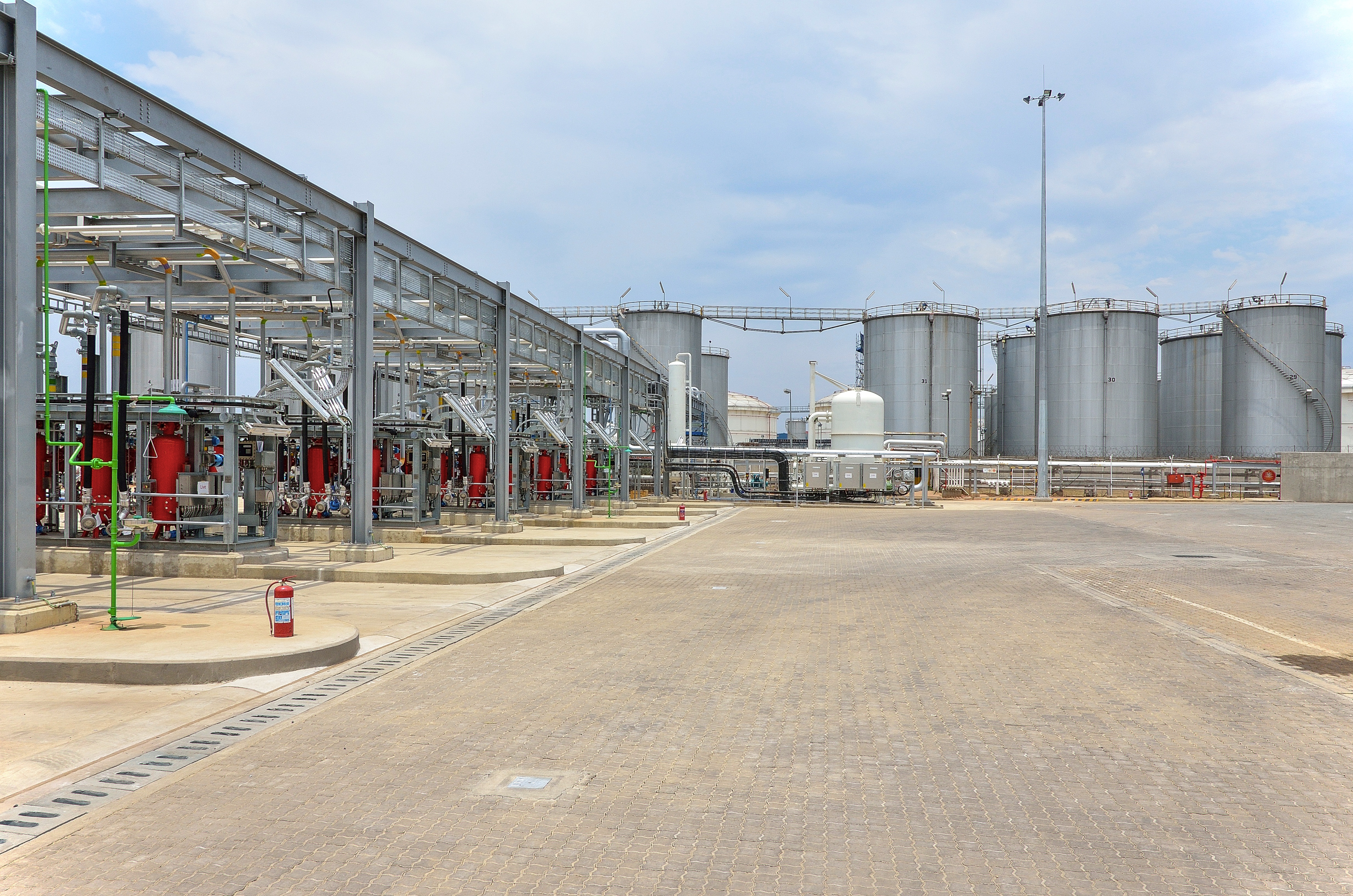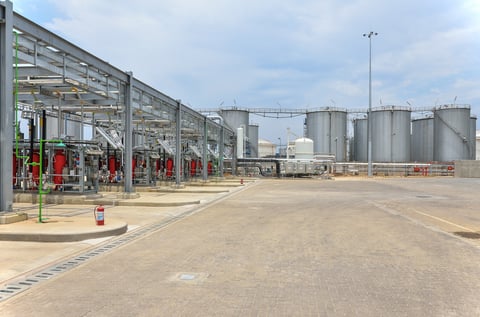
Loading arms are becoming the standard choice over hoses for certain applications such as the transfer of liquids and dry materials in refineries, chemical plants, food & beverage processing plants, rail terminals, and truck terminals. There are many variables involved in making the decision to purchase a loading arm. They can be based on application, material, location, site limitations, etc. Safety should always be considered first when protecting your most important asset, your employees. Is a loading arm actually a safer option than a standard hose assembly? Let’s dive into a few scenarios and examine the impact on safety.
Weight
What is the media that is being transferred? Is the weight of the hose an issue? A 4-inch hose assembly filled with liquid could potentially weigh 15 pounds per foot. In this situation, you could be asking your employees to drag a 300-pound 20-foot hose assembly. This could contribute to a high potential for back injuries and worker compensation injury claims. Even if the hose was shorter it would still add a significant amount of strain and stress on the worker. Switching this application to a loading arm would reduce the chance of an injury tremendously. The counterbalance mechanism of a loading arm is designed to balance the weight and do the heavy lifting for you and, combined with a handle, it becomes a very ergonomic solution.
Repetitive Tasks
Are the tasks being performed repetitively? A loading arm will be mounted and have a distinct range of motion. A hose can be maneuvered more flexibly, although this movement is typically done by having an employee drag the hose around manually. If the location of the connection point involves a consistent location, such as at a fuel terminal, a loading arm application would be the best choice. This application will last longer than a standard hose assembly due to the loading arm being suspended where it can not drag on the ground like a hose can. Many times a hose that is used on a consistent basis can only last weeks or months while a loading arm can last years or even tens of years with proper maintenance. Loading arms can be rebuilt to last decades by adding replacement parts and removing the old parts while the entire hose assembly will be replaced when it can no longer function properly. See the how to change a spring video below.
Environment
Are your hoses causing a tripping hazard? Are employees constantly having to step over or go around the hose assembly? A loading arm removes these hazards because they are mounted off the ground. They can be articulated into a folded position, out of the way to provide a cleaner, less-hazardous environment. Are your hoses continuously being dragged? This can cause hoses to wear and burst, causing a spill. If the media is potentially hazardous this could be even more serious than a minor spill cleanup.
When choosing between a hose assembly or a loading arm, always examine the three topics above before making your decision. There are many other factors involved, but these three topics can be a quick indicator when studying the safety aspect of your decision. The best way to make an informed decision is to discuss your specific applications and needs with a market specialist. We are always ready to help you make an informed decision and select the right connection.

